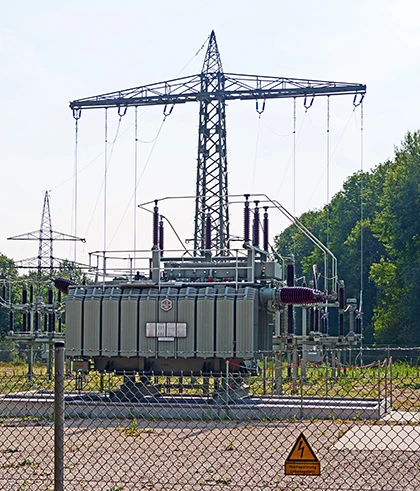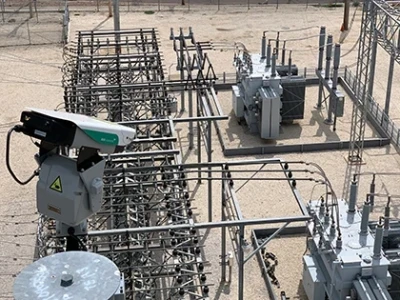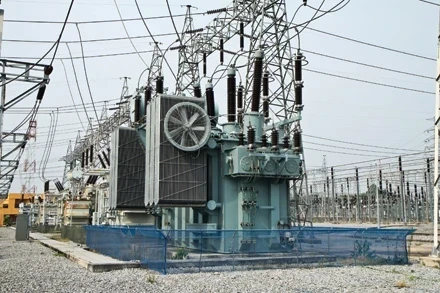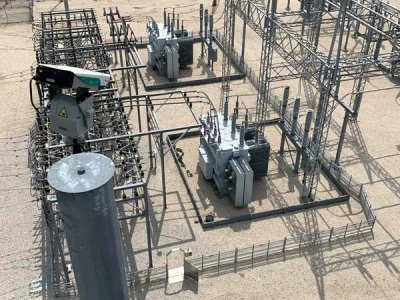Smart Transformers: Enhancing Grid Efficiency and Reliability

The evolving demands of modern power grids necessitate the adoption of advanced technologies that can provide enhanced efficiency, reliability, and flexibility. Smart transformers are at the forefront of this technological revolution, offering a range of capabilities that significantly improve the management and operation of electrical grids. This article explores the latest advancements in smart transformer technology, their key features, benefits for real-time monitoring, load management, and fault detection, integration with smart grids and IoT devices, and examples of utilities implementing smart transformers and the outcomes achieved.
Overview of Smart Transformer Technology and Its Key Features
Smart transformers, also known as solid-state transformers (SSTs), represent a significant advancement over traditional transformers. Unlike conventional transformers, which use electromagnetic principles to transfer energy between circuits, smart transformers utilize power electronics to achieve the same goal. This shift allows for greater control, monitoring, and efficiency in power management.
Key features of smart transformers include:
Real-Time Monitoring: Equipped with advanced sensors, smart transformers provide real-time data on various parameters such as voltage, current, temperature, and load.
Adaptive Load Management: Smart transformers can dynamically adjust their operation based on the load demand, optimizing energy distribution and reducing losses.
Fault Detection and Diagnostics: By continuously monitoring their own performance, smart transformers can detect and diagnose faults early, preventing potential failures and minimizing downtime.
Remote Control and Automation: Integration with communication networks allows smart transformers to be controlled and monitored remotely, facilitating automated operations and quick responses to grid conditions.
Benefits of Smart Transformers for Real-Time Monitoring, Load Management, and Fault Detection
Real-Time Monitoring: Smart transformers provide utilities with the ability to monitor grid conditions in real time. This capability allows for immediate detection of anomalies, such as voltage fluctuations or overloading, enabling prompt corrective actions. Real-time data also aids in predictive maintenance, reducing the likelihood of unexpected failures and extending the lifespan of the equipment.
Adaptive Load Management: One of the most significant benefits of smart transformers is their ability to manage loads adaptively. By adjusting their operation based on real-time load data, smart transformers can optimize energy distribution, reduce losses, and improve overall grid efficiency. This adaptive management is particularly beneficial in integrating renewable energy sources, which can be intermittent and variable.
Fault Detection and Diagnostics: Smart transformers are equipped with advanced diagnostic tools that continuously assess their health and performance. These tools can detect early signs of faults, such as insulation degradation or thermal overload, allowing utilities to address issues before they escalate. This proactive approach to maintenance helps avoid costly outages and improves the reliability of the power supply.
Read full article at Intelligent Transformers & Substations Special Edition









